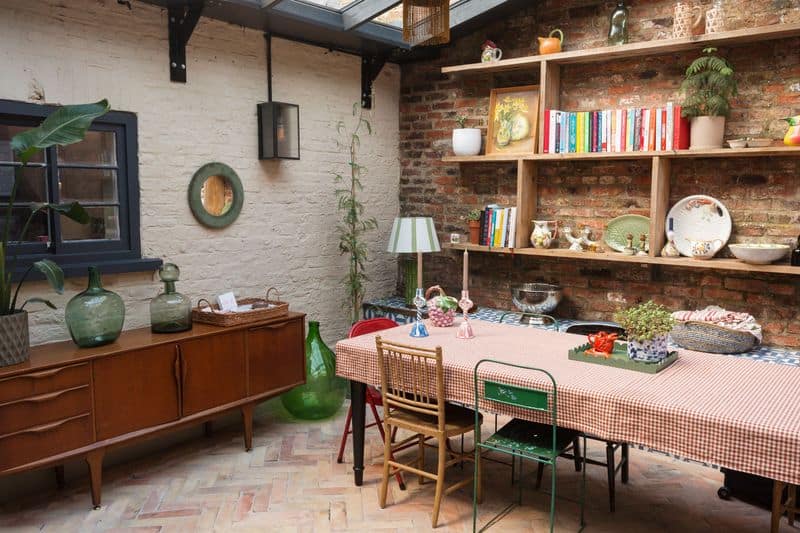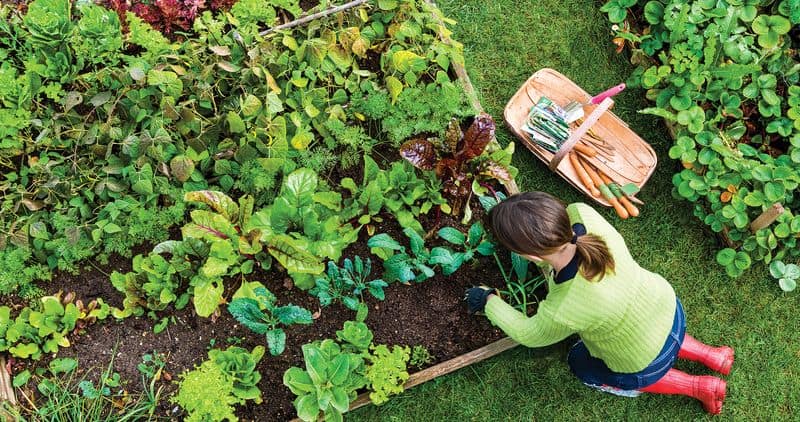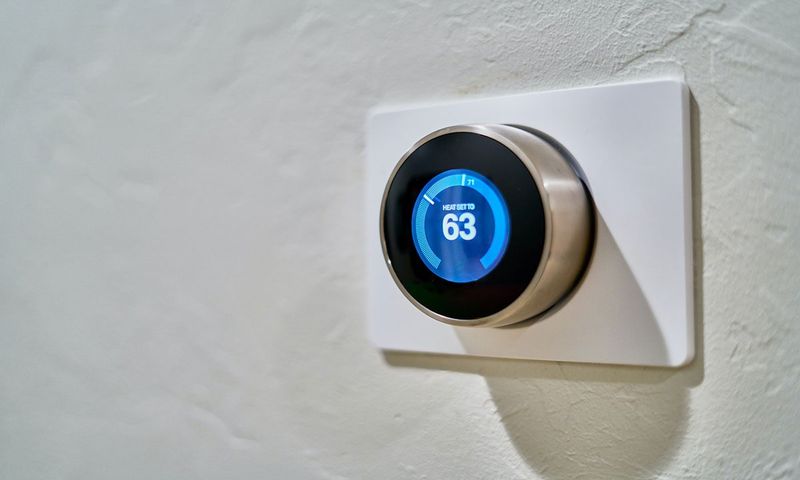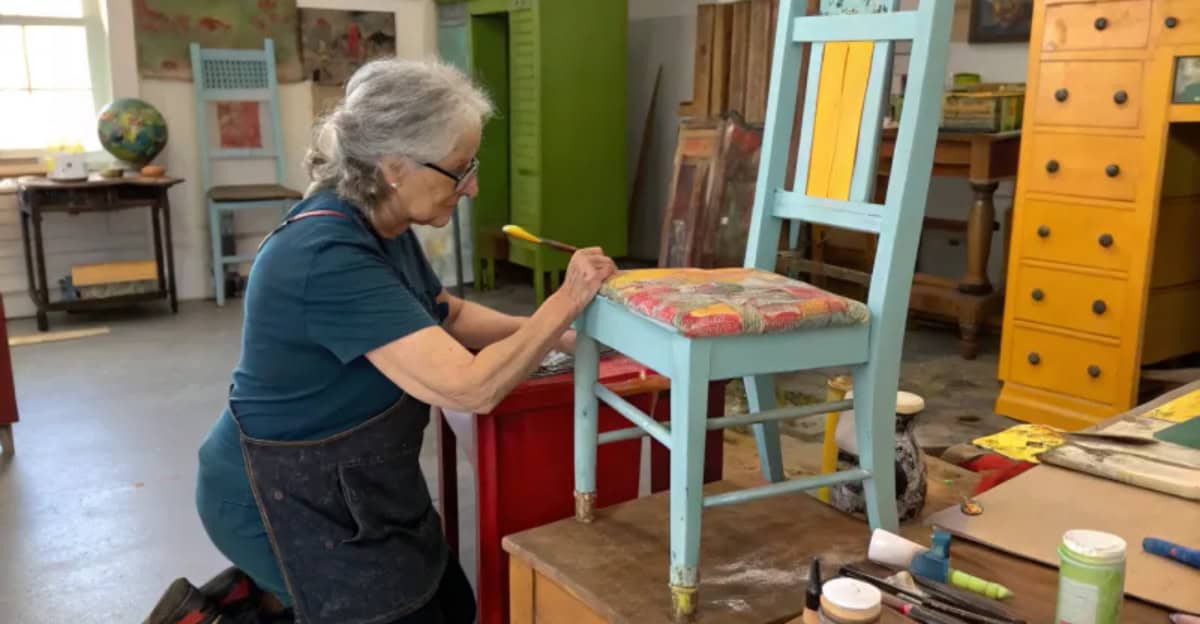Every homeowner knows that maintaining a home can be costly, but with a little guidance, it’s possible to save substantial amounts of money.
Here are 10 tried-and-true tips from Grandma that will help keep your expenses down and your savings up.
These practical tips, passed down through generations, emphasize resourcefulness and smart spending.
1. Secondhand Purchases

Buying secondhand is an excellent way to furnish your home without spending a fortune. Online marketplaces, thrift stores, and estate sales offer a wealth of options for finding high-quality items at low prices.
Whether it’s furniture, electronics, or kitchenware, pre-owned goods often come at a fraction of the retail cost.
Moreover, purchasing secondhand supports sustainability by reducing waste and promoting the reuse of materials.
Always check the condition of items before buying, and don’t hesitate to negotiate prices. With patience and a keen eye, secondhand shopping can unveil incredible bargains.
2. Energy-Efficient Appliances

Investing in energy-efficient appliances might seem costly upfront, but they save money in the long run. With lower energy consumption, your utility bills will decrease significantly.
For example, an Energy Star-rated refrigerator can use 15% less energy than inefficient models. Besides fridges, consider energy-efficient washing machines, dishwashers, and light bulbs.
These small changes not only benefit your wallet but also the environment. Energy-efficient appliances often come with rebates or tax incentives, adding to the savings.
Remember, it’s not just about purchasing new items; maintaining them properly will extend their lifespan and efficiency.
3. DIY Repairs

Learning basic DIY repair skills can prevent the need for costly professional services. Tasks like fixing a leaky faucet or patching drywall are easier than they seem and can save hundreds of dollars annually.
There are many online resources and tutorials specifically designed for beginners. Start small—maybe with a simple toolbox and a guidebook on home repairs.
As your confidence grows, so will your ability to tackle more challenging tasks.
Additionally, DIY repairs provide a sense of accomplishment and self-reliance, making homeownership more rewarding and less stressful.
4. Thrifting and Upcycling

Thrifting and upcycling breathe new life into old items, providing unique pieces for your home at a fraction of the cost.
By visiting thrift stores or garage sales, you can find furniture and decor that need just a little love.
Upcycling involves transforming these finds into something special—imagine turning a worn-out chair into a vibrant statement piece with a splash of paint.
Not only is this approach budget-friendly, but it also reduces waste.
Plus, upcycled items often carry more character and can be customized to fit your personal style. It’s creative, sustainable, and economical.
5. Seasonal Shopping

Timing purchases with seasonal sales can lead to significant savings. Most stores have predictable sales cycles; for instance, buying winter clothes at the end of the season can save you up to 70%.
Similarly, purchasing garden tools in the fall or electronics during Black Friday can stretch your budget farther. Planning ahead and being patient can reward you with major discounts.
Also, signing up for store newsletters or alerts ensures you’re aware of sales as they happen.
By aligning your shopping with these cycles, you can enjoy quality products without overspending.
6. Homemade Cleaning Solutions

Commercial cleaning products can be surprisingly expensive; making your own is a cost-effective alternative.
Simple ingredients like vinegar, baking soda, and lemon juice can tackle most household cleaning tasks.
These natural solutions are not only easier on the wallet but also better for your health and the environment. For instance, a mix of vinegar and water makes a great glass cleaner.
Besides saving money, homemade solutions reduce exposure to harsh chemicals. Keep recipes handy in your kitchen, and you’ll always have a quick, affordable solution at your fingertips.
7. Energy Audits

Conducting an energy audit can reveal hidden inefficiencies in your home that lead to high utility bills.
This process involves examining areas where energy might be wasted, such as drafts around windows and doors.
By sealing these leaks or adding insulation, you can significantly reduce heating and cooling costs. Many utility companies offer free or discounted audits, providing expert advice on improving energy efficiency.
Implementing their recommendations can lead to substantial savings. Regular audits ensure that your home remains energy-efficient, maximizing savings and comfort year after year.
8. Bulk Buying

Buying in bulk can greatly reduce household expenses, especially for non-perishable items like paper goods, dried beans, and grains.
Not only do you enjoy a lower unit price, but you also make fewer shopping trips, saving on gas and time.
Memberships to wholesale clubs or bulk sections in supermarkets offer excellent deals. However, it’s important to plan purchases to avoid overbuying, which can lead to waste.
Make a list and stick to it to maximize savings. Bulk buying is particularly effective for families or those who entertain often, ensuring you always have essentials on hand.
9. Gardening at Home

Growing your own fruits and vegetables is not only rewarding but also cost-effective. By starting a small garden, you can enjoy fresh produce almost year-round, reducing grocery expenses.
Even if you have limited space, container gardening on a balcony or windowsill can yield herbs and small vegetables. Gardening also encourages a healthier lifestyle, providing organic produce free from pesticides.
It’s a hobby that can be as simple or elaborate as you choose, suitable for any skill level. With a little effort and patience, your garden will flourish, offering both nourishment and satisfaction.
10. Programmable Thermostats

Installing a programmable thermostat is a smart way to manage heating and cooling costs.
These devices allow you to set temperatures according to your schedule, ensuring you’re not paying for energy when it’s not needed.
For example, you can lower the heat during the day if no one is home, then warm things up just before you return. The initial investment is quickly offset by reduced energy bills.
Many models today are user-friendly and even accessible via smartphone apps, offering convenience and control. With precise settings, you’ll enjoy comfort without breaking the bank.

